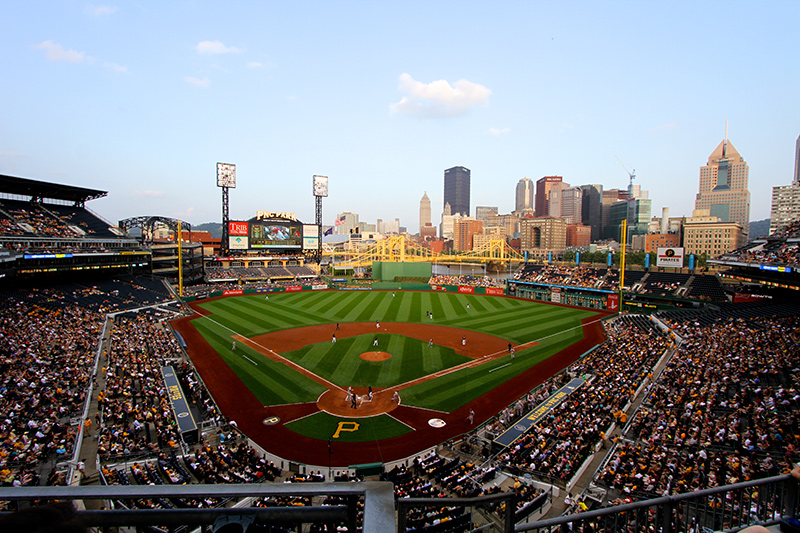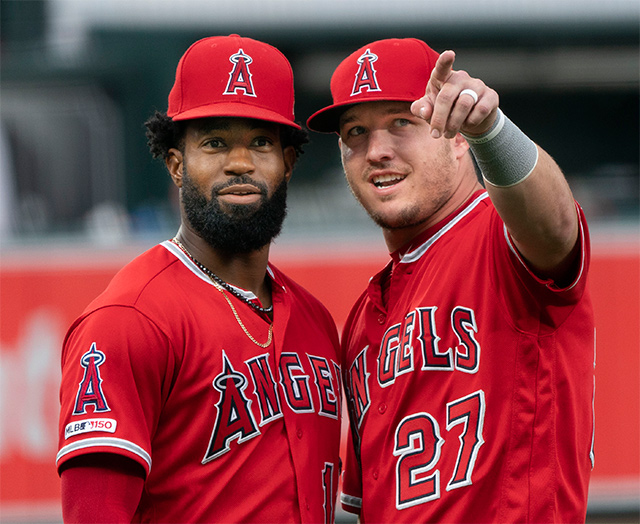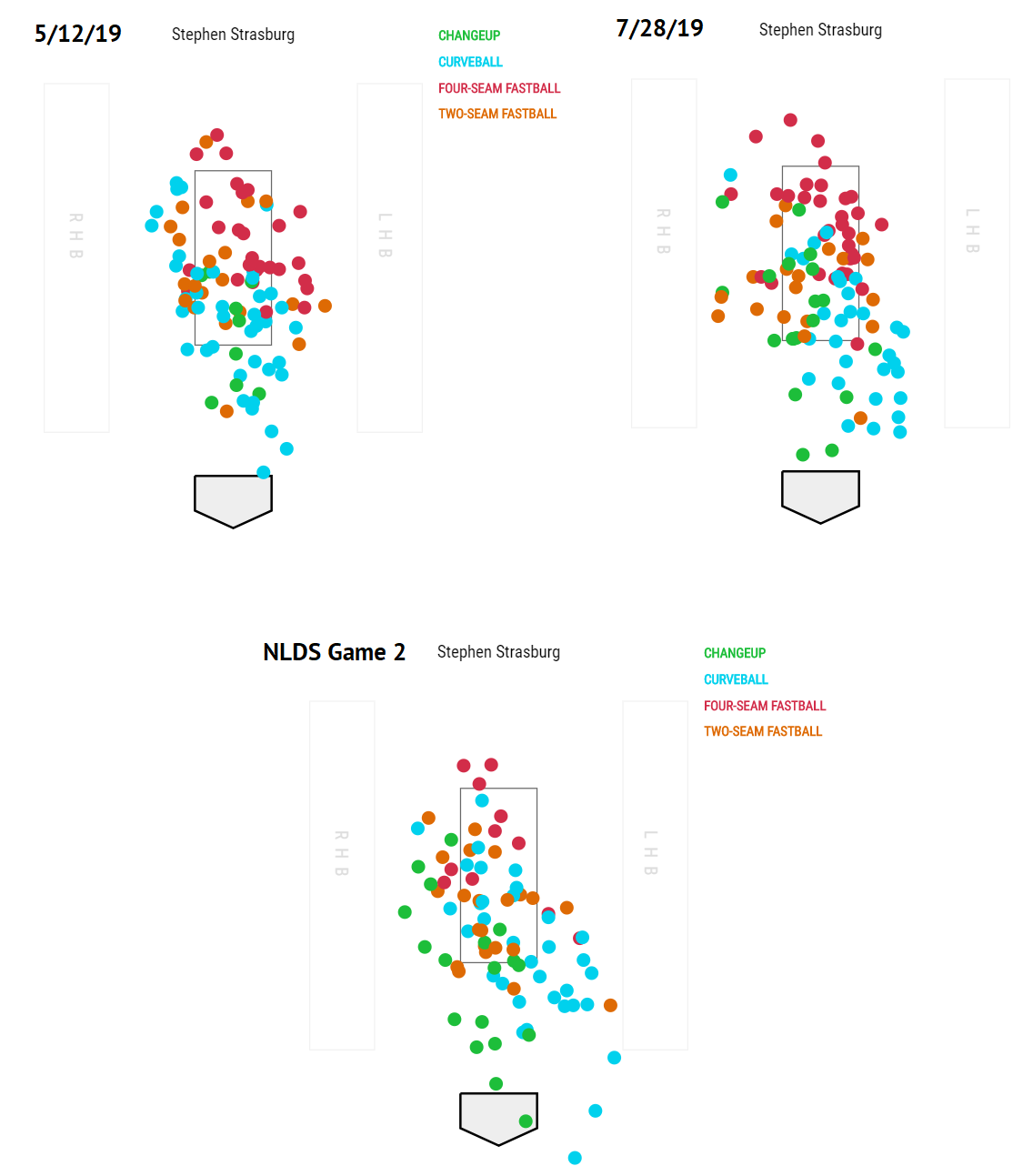Houston Survives Late Inning Scare, Beats Yankees in Six
After what was otherwise a fairly quiet affair punctuated by the occasional home run, the Houston Astros won Game 6 of the American League Championship Series 6-4 on a walkoff home run from José Altuve. Houston takes the series four games to two, and avoids a high-stakes Game 7 that would have left Gerrit Cole unavailable in the World Series until the third game.
The evening got off to an inauspicious start for the Yankees as Houston’s first entrant in the bullpen battle, Brad Peacock, quickly dispatched DJ LeMahieu, Aaron Judge, and Gleyber Torres with seven pitches. Chad Green opened for New York and didn’t perform as well in his half of the inning as Peacock did in his. Green was perhaps fortunate to escape a rather pedestrian slider to Altuve with only a double, but he was less lucky with a high, very inside fastball to Yuli Gurriel, which the first baseman turned on for a home run to give the Astros an early 3-0 lead. That high, inside fastball isn’t usually that dangerous for a pitcher; there were only 13 home runs hit this year by right-handed hitters swinging at a four-seamer in Statcast’s inside and high-inside “chase” zones. Coincidentally enough, Gurriel had one of those home runs, comfortably turning on a sorta-fastball from Trevor Williams. This might have been one of the highest-leverage of those since Kit Keller’s.






 Dan Szymborski
Dan Szymborski